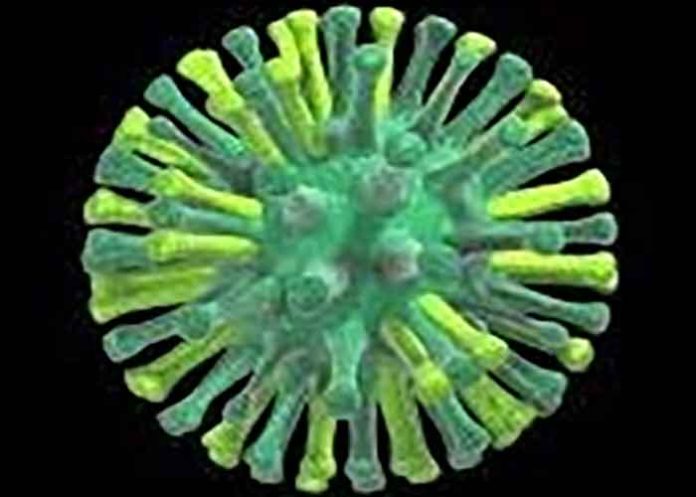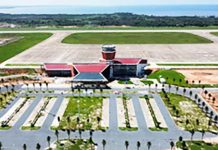New Delhi, Aug 19, 2024
Amid the rising frequency of bird flu infections in mammals and the recent H5N1 strain infection of dairy cows in the US, a new study on Monday decoded how the virus crosses the species barrier to affect mammals and humans.
The study by EMBL Grenoble in France shows how avian influenza can change to reproduce in mammalian cells.
The viral polymerase enzyme, which is in charge of replication, and the host cell protein ANP32, which controls it, are the main subjects of this study. Cross-species transmission is often inhibited by differences in the ANP32 proteins between birds and mammals; however, viral polymerase mutations can get past this barrier and perhaps cause infections in humans.
“The threat of a new pandemic caused by highly pathogenic, human-adapted avian influenza strains with a high mortality rate needs to be taken seriously,” said Stephen Cusack, senior scientist at EMBL Grenoble who led the study.
“One of the key responses to this threat includes monitoring mutations in the virus in the field. Knowing this structure allows us to interpret these mutations and assess if a strain is on the path of adaptation to infect and transmit between mammals,” Cusack added.
The study, published in the journal Nature Communications, describes how ANP32 facilitates viral replication in host cells by serving as a link between two viral polymerases.
The structure of a human-adapted avian influenza polymerase was successfully retrieved by researchers, revealing the specific alterations that enable it to interface with human ANP32 efficiently.
These observations are crucial for tracking viral alterations in the field because they aid in estimating the possibility of a fresh pandemic brought on by extremely dangerous avian influenza strains that have adapted to humans.
Though research on this topic is still in its early stages, the study also establishes the foundation for the development of innovative anti-influenza medications that particularly target the replication complex.
To stop future pandemics, it is essential to comprehend the nature of the replication complex and how it contributes to viral adaptation.
Cusack underlined that keeping a close eye on viral changes is crucial for determining the likelihood of human transmission and creating potent countermeasures for possible epidemics.(Agency)






































































































